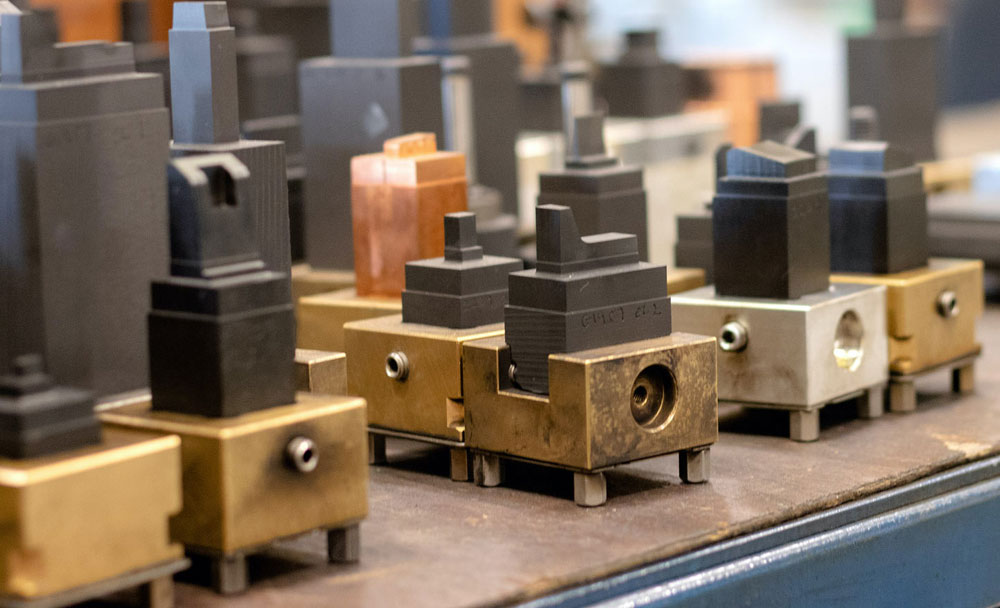A great way to choose the right style for you is to consider the number of products you need to create and the amount of time you have to create them.
Cycle time refers to how long it takes for one round of the injection moulding process. If your cycle time is 3 minutes and you need 100,000 products, it’ll take to over half a year of round the clock injection moulding to complete the order with single cavity moulds.
If you’re interested in finding out a little more about which kind of cavity moulding you might need, give us a call on 01623 904 417. Even if you just need some advice!

